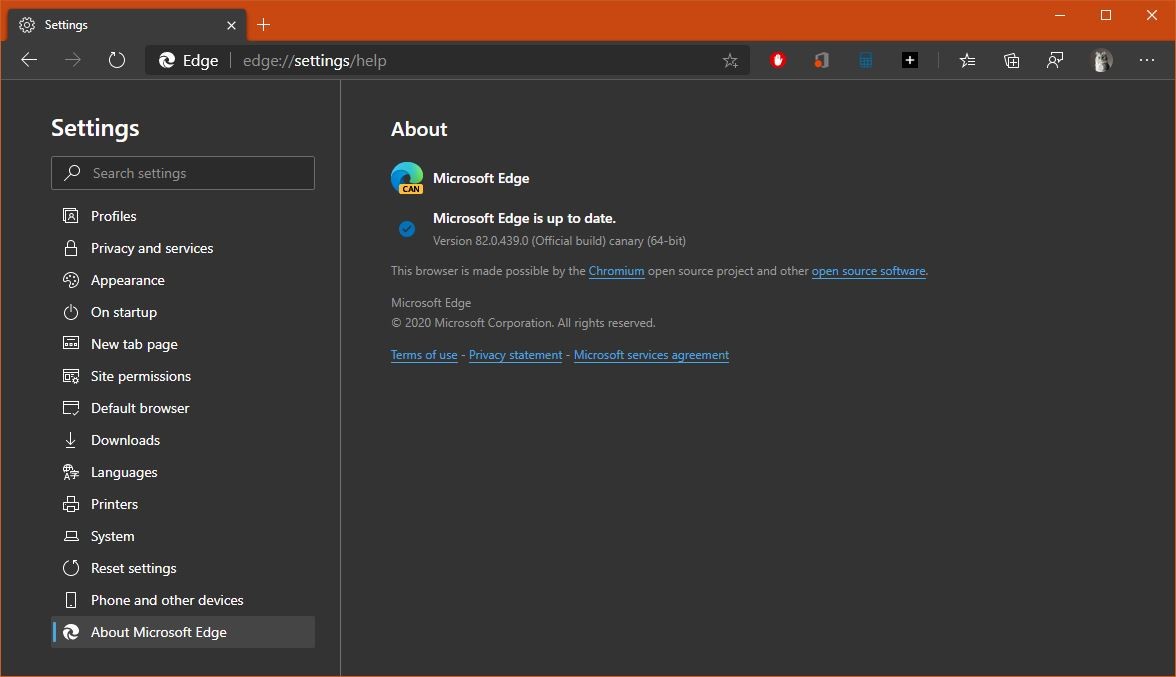


To configure the group policy for a default file type and protocol associations configuration file: For more information about creating this file, see Export or Import Default Application Associations. This file is stored locally or on a network share. Turning this group policy on requires you to create and store a default associations configuration file. You can set Microsoft Edge as the default browser on domain-joined devices by configuring the Set a default associations configuration file group policy. Set Microsoft Edge as the default browser on domain-joined devices In this scenario, users are prompted to select their default application when they open a link or a htm/html file. The default file associations aren't applied if Microsoft Edge isn't installed on the target device. To set Microsoft Edge Stable as the default browser for html files, http/https links, and PDF files use the following application association file example: You can use the Set a default associations configuration file Group Policy or the DefaultAssociationsConfiguration Mobile Device Management setting to set Microsoft Edge as the default browser for your organization. For Windows 7 and macOS, see the Set Microsoft Edge as default browser policy. This article applies to Microsoft Edge version 77 or later on Windows 8 and Windows 10.


 0 kommentar(er)
0 kommentar(er)
